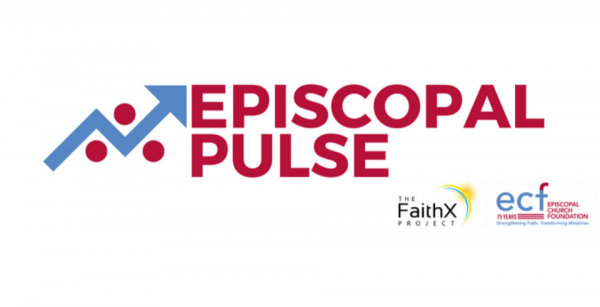May 14, 2024
Episcopal Pulse Congregation Vitality Survey a “Mixed Bag”


The Episcopal Pulse April microsurvey dealt with congregational vitality, arguably one of the most important issues facing the Episcopal Church (and the church at large) today.
As always, the results are eye-opening, and as is often the case, a mixed bag.
This becomes clear as we compare results to research…
Survey participants were asked “Is Your Congregation Healthy?” and then asked to rank the importance of a list of contributing factors to congregational vitality Most to Least Important.
To the question of whether their congregations were healthy:
- 68% answered “Yes” (healthy)
- 32% answered “No” (not healthy)
Participants listed the top three factors contributing as:
- Lay engagement and empowerment (62%)
- Quality of worship (44%)
- Inclusion of surrounding neighborhood (31%)
The Danger of Overestimating Your Own Congregation’s Vitality
Comparing these responses to the research on which the Congregational Vitality Assessment is based and on our experience with congregations is where things get interesting.

Informed by our experience in assessing the health of congregations, we would describe the health of congregations as falling into three categories on a bell curve from High Vitality to Moderate Vitality to Low Vitality, ranked in the following order:
- Moderate Vitality (significantly higher than #2 and #3)
- Low Vitality (significantly higher than #3)
- High Vitality
What this suggests is that when asked about the health of their own congregations, people tend to overrate the health of their congregations.
It also suggests that the vast majority of congregations have significant room for improvement.
Put Your Resources into the Right Things
Comparing the rankings of survey participants to the research on which the CVA is based, we would rank the top three most important factors in congregational vitality as:
- Vision, Mission, and Discernment
- Leadership and Organization
- Inclusion of the Surrounding Neighborhood (followed closely by Change Readiness)
In other words, of the top three factors suggested by the research, two do not even show up on the participants’ cumulative responses. Vision, Mission, and Discernment is 6th on the list with 20%, Leadership and Organization is 8th with 15%, and Change Readiness 9th with 14%.
This is important because it suggests that congregations may be focusing much of their vitality improvement efforts on less important factors.
This is not to say that Lay Engagement and Empowerment and Quality of worship are unimportant. On the contrary.
What it does suggest is that the congregations need to focus much more attention on Vision, Mission, and Discernment and Leadership and Organization than they currently do.
Blind Spots, Biases, and the Need for a Guide
Finally, both of these responses suggest that most congregations have blind spots and implicit biases. And the very definition of blind spots is that you can’t see them. You need good data and a guide to help you interpret it. And that’s where people like FaithX come in.
This article was originally published on The FaithX Blog. Need help assessing and improving your congregation’s vitality? Contact The FaithX Project at info@faithx.net.
This post draws from findings collected in The Episcopal Pulse Survey, a research initiative by The FaithX Project in partnership with ECF. Want to be a part of the Episcopal Pulse? Click here to join today!




